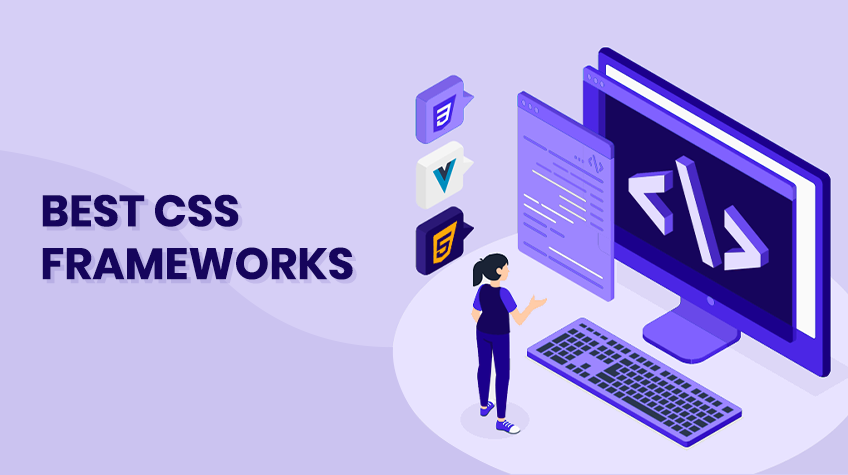Insight Hub
Your go-to source for the latest in news and information.
Framework Follies: Choosing the Right CSS Toolkit for Your Project
Unlock the secrets of CSS toolkits! Discover the best options for your project and avoid common pitfalls in Framework Follies.
Top 5 CSS Toolkits to Consider for Your Next Project
When it comes to streamlining your front-end development process, utilizing a CSS toolkit can significantly enhance your workflow. Here are the Top 5 CSS Toolkits to consider for your next project:
- Bootstrap: This widely-used framework offers a responsive grid system and extensive pre-designed components, making it a go-to choice for developers.
- Tailwind CSS: A utility-first toolkit that allows for rapid UI development with a focus on customization and flexibility.
- Foundation: Known for its mobile-first approach, Foundation provides a robust framework of styles, components, and layouts.
- Bulma: A modern CSS framework based on Flexbox, Bulma is lightweight and simple to use, perfect for modern web projects.
- Semantic UI: This toolkit emphasizes human-friendly HTML, making it easier to read and understand while offering powerful components.

Understanding the Pros and Cons of Popular CSS Frameworks
CSS frameworks have gained immense popularity among web developers for their ability to streamline the design process and enhance productivity. Understanding the pros and cons of these frameworks is crucial. On the positive side, frameworks like Bootstrap or Foundation provide a solid grid system and numerous pre-designed components, allowing developers to create responsive designs quickly. This can significantly reduce the time required for development and ensure consistency across web applications. Moreover, many frameworks come with built-in support for modern web features, which helps in maintaining compatibility across various browsers.
However, there are also drawbacks to using CSS frameworks. One common issue is overhead: since frameworks often come with a large number of pre-defined CSS classes and JavaScript functionality, they can bloat the website's code, potentially affecting performance. Additionally, developers might become overly reliant on these frameworks, resulting in a lack of flexibility and creativity in custom designs. To effectively harness the power of CSS frameworks while avoiding their pitfalls, it's essential to weigh these pros and cons carefully before integrating them into your projects.
How to Choose the Right CSS Toolkit: Key Factors to Consider
Choosing the right CSS toolkit plays a crucial role in web development, impacting both the efficiency of your workflow and the aesthetic of your project. When evaluating different options, consider factors such as flexibility, community support, and compatibility. A highly flexible toolkit will allow you to adapt styles easily across various devices, ensuring a responsive design. Moreover, community support can significantly enhance your development experience; toolkits with larger communities often provide comprehensive documentation and numerous plugins that can save you time and effort.
Another important consideration is the performance of the CSS toolkit you choose. Analyze the size of the framework, as a lighter toolkit can lead to faster load times, improving user experience. Additionally, look into the customization options available; a toolkit that allows easy customization can help maintain consistency with your brand identity. Finally, it's worth testing the toolkit in a sample project to evaluate its real-world application and assess how comfortable you feel working with it. Balancing these factors will help you select the right CSS toolkit that aligns best with your project goals.